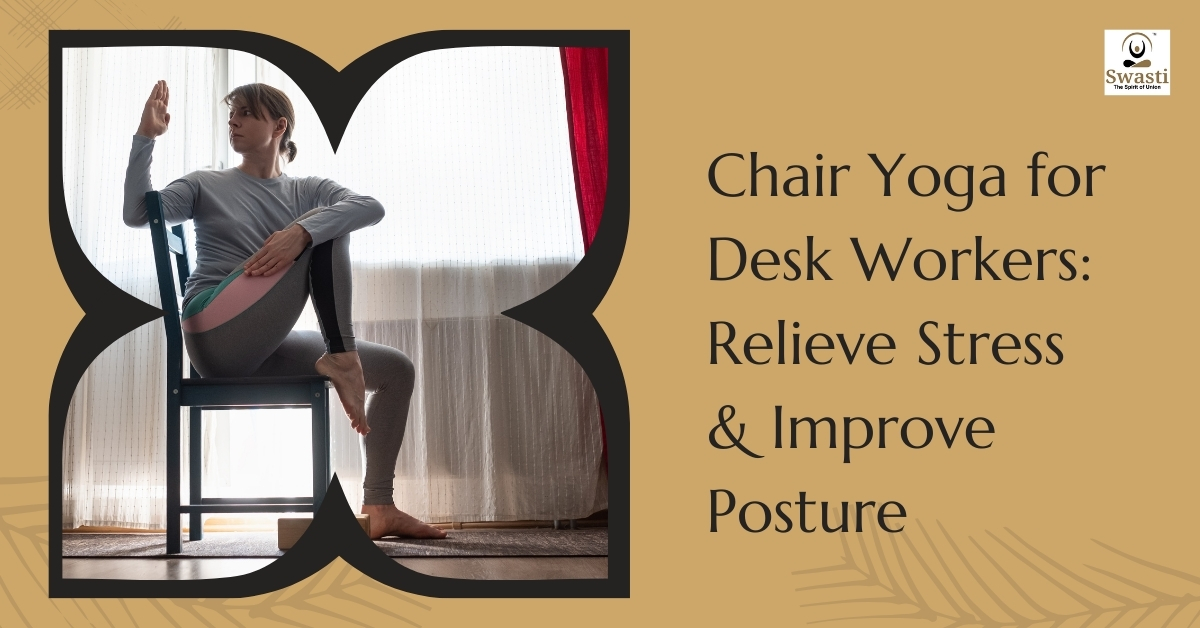
Yoga Certification Board (YCB) AYUSH Vs Yoga Alliance: Which Certification is Right for You?
Choosing the right yoga certification is a crucial step for aspiring yoga teachers. With numerous certification bodies available, it can be challenging to decide which one aligns best with your career goals and personal values. Two prominent certification organizations are Yoga Certification Board (YCB) AYUSH and Yoga Alliance. This article will provide a comprehensive comparison to help you determine which certification is right for you. Understanding Yoga Certification Board (YCB) AYUSH What is Yoga Certification Board AYUSH? The Yoga Certification Board (YCB) is an initiative by the Ministry of AYUSH, Government of India, working with World Health Organization (WHO) established to standardize and certify yoga professionals. The board aims to promote yoga as a career and ensure the quality of yoga teaching and practice. YCB AYUSH Certification Levels YCB AYUSH offers various certification levels, including Yoga Protocol Instructor, Yoga Wellness Instructor, and Yoga Teacher & Evaluator. These certifications cater to different levels of expertise and specialization in yoga practice and teaching. Benefits of YCB AYUSH Certification YCB AYUSH certification is recognized by the Indian government, which can be a significant advantage for those planning to work in India. The certification aligns with traditional yoga practices and offers professional development opportunities. Certified professionals are also listed on the AYUSH website, enhancing their visibility and job prospects. YCB has rigorous exam standards based on ISO 17024. Requirements for YCB AYUSH Certification To obtain YCB AYUSH certification, candidates must complete specific training hours and pass an assessment conducted by the YCB. The certification process ensures that candidates meet the high standards set by the board, promoting the correct practice of yoga. Understanding Yoga Alliance What is Yoga Alliance? Yoga Alliance is an American NGO which is recognized organization that sets standards for yoga teacher training and certifies yoga schools and teachers. Established in 1999, its mission is to support the yoga community and uphold the integrity and diversity of yoga teaching. Yoga Alliance Certification Levels Yoga Alliance offers several certification levels, including RYT 200, and RYT 500, and specialty designations like RCYT and RPYT. These credentials indicate that a teacher has completed a specific number of training hours and met the organization’s standards. Benefits of Yoga Alliance Certification One of the primary benefits of Yoga Alliance certification is its global recognition. Certified teachers gain access to a vast network of resources, continuing education opportunities, and a supportive community. Additionally, being listed in the Yoga Alliance directory can enhance your visibility and credibility as a yoga instructor. Requirements for Yoga Alliance Certification To become a Registered Yoga Teacher (RYT) with Yoga Alliance, you must complete a teacher training program registered with Yoga Alliance (RYS). For RYT 200, this involves 200 hours of training, while RYT 500 requires an additional 300 hours of advanced training. Continuing education is also essential to maintain your certification. Note that Yoga Alliance conducts no exit exam. Comparing YCB AYUSH and Yoga Alliance Criteria Yoga Certification Board (YCB) AYUSH Yoga Alliance Recognition Government-recognized under the Ministry of AYUSH, India. Non-governmental organization based in the United States. Approach Emphasizes a holistic integration of traditional yogic philosophy and science. Focuses primarily on physical asanas with varied emphasis on philosophy. Training and Assessment Involves rigorous and standardized assessment ensuring deep yogic understanding. Certification standards vary widely across schools and regions. Global Recognition Globally recognized with strong government endorsement and as an authentic source rooted in Indian heritage. Globally recognized but as a private entity. Also not as closely tied to traditional yoga origins. Knowledge Preservation Actively preserves and promotes traditional yoga practices. More inclined towards modern interpretations of yoga. Integration with Health Programs Integrated with Indian national health initiatives and public wellness programs. Lacks integration with government health programs. Ethical Standards Adheres to strict ethical standards set by the Indian Ministry of AYUSH. Lacks a centralized authority to regulate ethical standards across schools. Curriculum Comprehensive curriculum focusing on traditional yoga and scientific research. Focuses more on commercial yoga teaching. Skill Assessment Rigorous practical and theoretical exams conducted by government-appointed evaluators. Self-reporting with no standardized assessment or exams. Career Opportunities Enables work in government institutions (hospitals, schools) and private sector. Focuses primarily on the private sector with limited access to government positions. Alignment with Indian Heritage Deeply rooted in ancient Indian traditions, ensuring cultural authenticity. Less focus on Indian cultural heritage more geared toward the Western market. Syllabus Approval Syllabus approved and updated by the Indian government, ensuring relevance and rigor. No standardized approval process for syllabus updates, varies by individual schools. Focus on Health and Well-being Strong emphasis on yoga as a health intervention for mental and physical well-being. Focuses more on fitness and lifestyle applications of yoga. Which Certification is Right for You? Personal Goals and Career Aspirations If your goal is to teach yoga internationally and you prefer a modern approach to yoga, Yoga Alliance may be the better choice. However, if you are passionate about traditional yoga and plan to work in India, YCB AYUSH could be more suitable. Training Availability Consider the availability of training programs in your region. Yoga Alliance has a broader global presence, while YCB AYUSH is more concentrated in India but expanding. Long-term Benefits Evaluate the long-term benefits of each certification, including professional development opportunities, community support, and job prospects. Both certifications offer valuable resources, but your choice should align with your long-term career goals. Why Should You Choose YCB AYUSH? Government Recognition and Support YCB AYUSH certification is endorsed by the Ministry of AYUSH, Government of India, providing a significant advantage for those seeking government-related yoga teaching positions. Alignment with Traditional Yoga Practices YCB AYUSH emphasizes authentic and holistic yoga education, making it ideal for those who want to immerse themselves in traditional yoga practices. Career Opportunities in India & Abroad There is a growing demand for certified yoga instructors in India & Abroad. YCB AYUSH certification can enhance your job prospects in various sectors, including government schools and wellness centers. Professional Development YCB AYUSH offers continuous professional development and upskilling opportunities, ensuring










